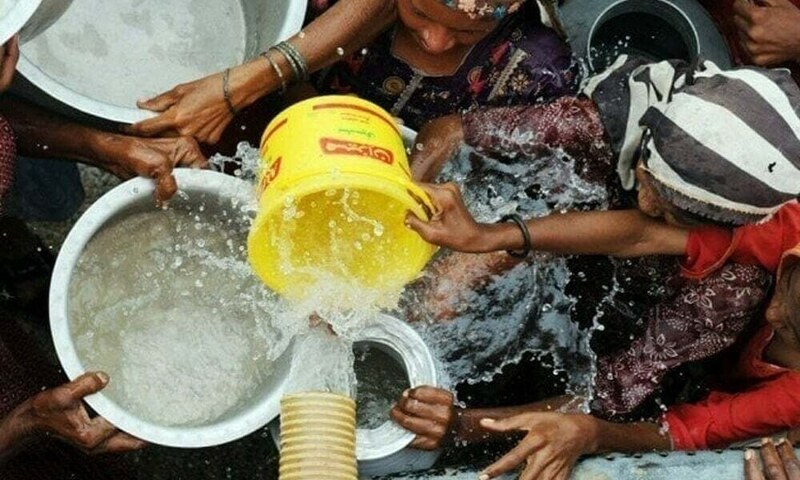
EDITORIAL: Sixty-eight percent of diseases in Pakistan are caused by contaminated water, according to Federal Health Minister Mustafa Kamal, a figure that captures the scale of the state’s failure in safeguarding public health. A country that parades its nuclear arsenal cannot even provide clean drinking water to its citizens.
For decades, governments have spent lavishly on prestige projects while ignoring sewage treatment and water safety, leaving the population exposed to preventable misery. The result is a health system defined not by care but by crisis management, waiting for people to fall sick before it intervenes, according to the minister himself.
The neglect of sewage treatment explains much of the malaise. Untreated waste continues to flow into rivers and streams, seeping into drinking supplies and multiplying infections.
Urban centres have grown without adequate sanitation networks, while rural areas remain almost entirely uncovered. Yet even as the evidence mounts, sewage infrastructure is dismissed as unaffordable or politically unglamorous. The cost of inaction, however, is staggering: hospital wards crammed with patients, lives cut short by waterborne disease, and billions drained from productivity each year.
The minister’s warning about contaminated water is only the surface of a deeper dysfunction. Public health has been hollowed out by a model of governance that prioritises curative interventions over prevention.
Hospitals absorb scarce budgets but cannot keep pace with demand, while preventive measures such as vaccination drives, safe water provision, and nutrition programmes remain underfunded. This imbalance ensures that the cycle of illness repeats, straining an already stretched system and keeping millions trapped in avoidable suffering.
The economic cost of such neglect is immense. Stunted children — 43 percent of the country’s under-fives even by the most conservative estimate — represent not just personal tragedy but a collective setback. Stunting reduces cognitive ability, lowers educational attainment, and depresses lifetime earnings.
A nation with one of the highest population growth rates in the world is simultaneously producing a record number of children destined never to reach their full potential. No economy can sustain such losses indefinitely. Add to this the persistence of polio and the highest regional prevalence of Hepatitis C, and it becomes clear that Pakistan’s public health failure is not just medical but developmental.
Social stability, too, is at stake. Rising health costs deepen inequality, as the poor shoulder the heaviest burden of contaminated water and inadequate sanitation.
Families pushed into debt by medical expenses are more vulnerable to social dislocation and political discontent. In this sense, unsafe water is not just a health hazard but a threat multiplier that erodes trust in institutions and amplifies grievances.
Reform, then, cannot be cosmetic. Recovery must be systemic. Safe water and sewage treatment must be recognised as national priorities, not afterthoughts.
Health budgets must pivot towards prevention, embedding clean water, immunisation, and nutrition at the centre of strategy. A regulatory framework that compels investment in water safety — backed by transparent monitoring and enforcement — should be non-negotiable.
It is unacceptable that in 2025, a nuclear-armed state continues to fail in providing its people with what is most basic: clean water.
Until this contradiction is addressed, Pakistan will remain trapped in the paradox of sophisticated weaponry and primitive public health. If the leadership is serious about moving from sick-care to healthcare, then the first and most urgent prescription is to stop poisoning its own people at the well.
Copyright Business Recorder, 2025



